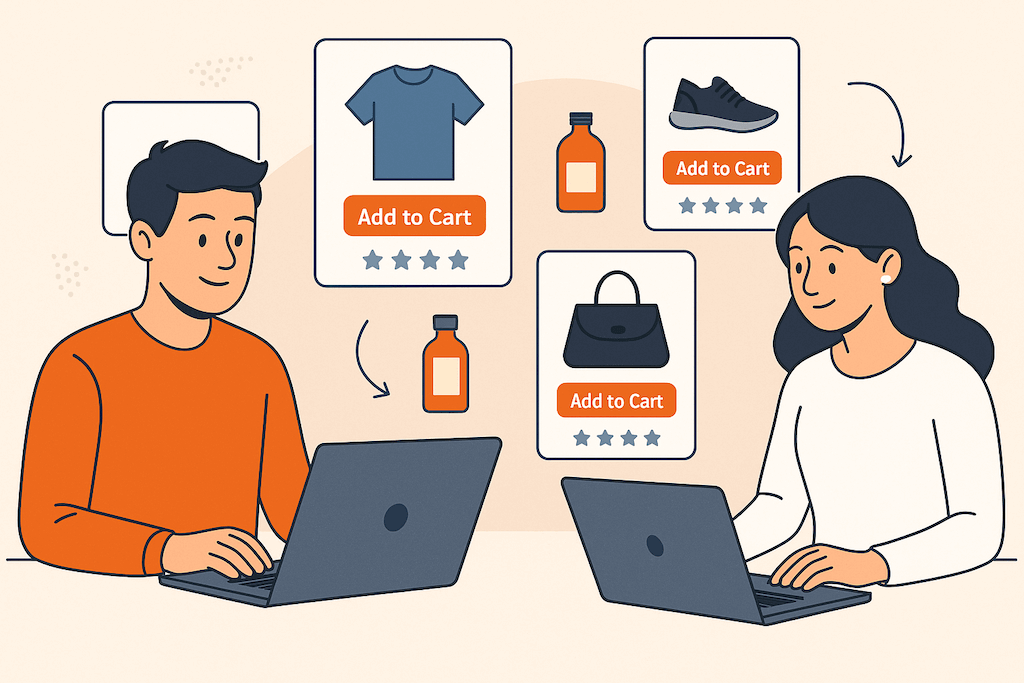When it comes to your online presence, few things matter as much as a user-friendly website. Your website is the face of your business online. It provides visitors and potential customers with their first impression of your business. If they are unable to easily navigate your site to find what they are looking for, chances are they aren’t going to stick around to do business with you, no matter how good your services or products are. If potential customers can’t easily access them they will look elsewhere.
The Importance of User-friendly Web Design
The easiest way to create a user-friendly experience is to design your website to be easily navigated. This can be accomplished in a couple different ways. For instance, since easy navigation requires simplicity, a website with the smallest amount of links is naturally the easiest to navigate. Try to condense the number of pages you have by combining pages with similar material together to avoid redundancy. This doesn’t mean you have to cut content; instead, reorganize it to facilitate easy navigation. Also, a simple access menu will allow visitors to easily navigate your website. Generally these are found in a bar along the top of the page; however, you may opt to create a sidebar with the same content.
In the past, building a website was relatively simple. A few neatly linked pages were all you needed to have an online presence. However, the modern web is much more complex than it was a few years ago. One of the biggest changes is how we access it, and now more people are using mobile devices such as smartphones and tablets to surf the web. Traditional websites don’t always display properly on these devices and can make customers lose interest very quickly.
Therefore, it is important for web designers to have a couple options when designing a website:
- Create a mobile site
- Optimized for viewing on mobile devices.
- Same content as desktop counterparts but designed for a mobile display.
- Create a site using responsive design
- Newest trend in web design.
- Responsive web design makes it easier for users to navigate the website on any electronic device.
- Allows compatibility across several different platforms.
- Eliminates the need to maintain a separate mobile website.
As both technology and quality of broadband improve, people become more accustomed to quick loading websites. When a website suffers from poor loading speeds, potential customers are often driven away. While it may be tempting to use impressive multimedia technologies such as flash, it’s recommended to keep it to a minimum. Flash and similar technologies can significantly affect a website’s loading speed. It is also best to minimize the use of JavaScript. Overusing JavaScript can also slow down a website’s loading speed. Slow speed is even more noticeable to users of mobile devices. If you must use JavaScript, use in-line scripting rather than external files to cut down on loading times. Lastly, images are a frequent offender when it comes to loading speed. Avoid using too many images on one page and, if possible, reducing their dimensions to improve the website’s loading speed.
The principles of user-friendly web design aren’t much different than how you run your business offline. Your company’s website needs to be accessible, easy to navigate, quick, and efficient. If people won’t stand for poor service offline, they certainly won’t online.
Cultura Interactive Web Design offers a variety of services for small businesses in Miami and Fort Lauderdale. Learn more about our services or contact us for a personal interview.


